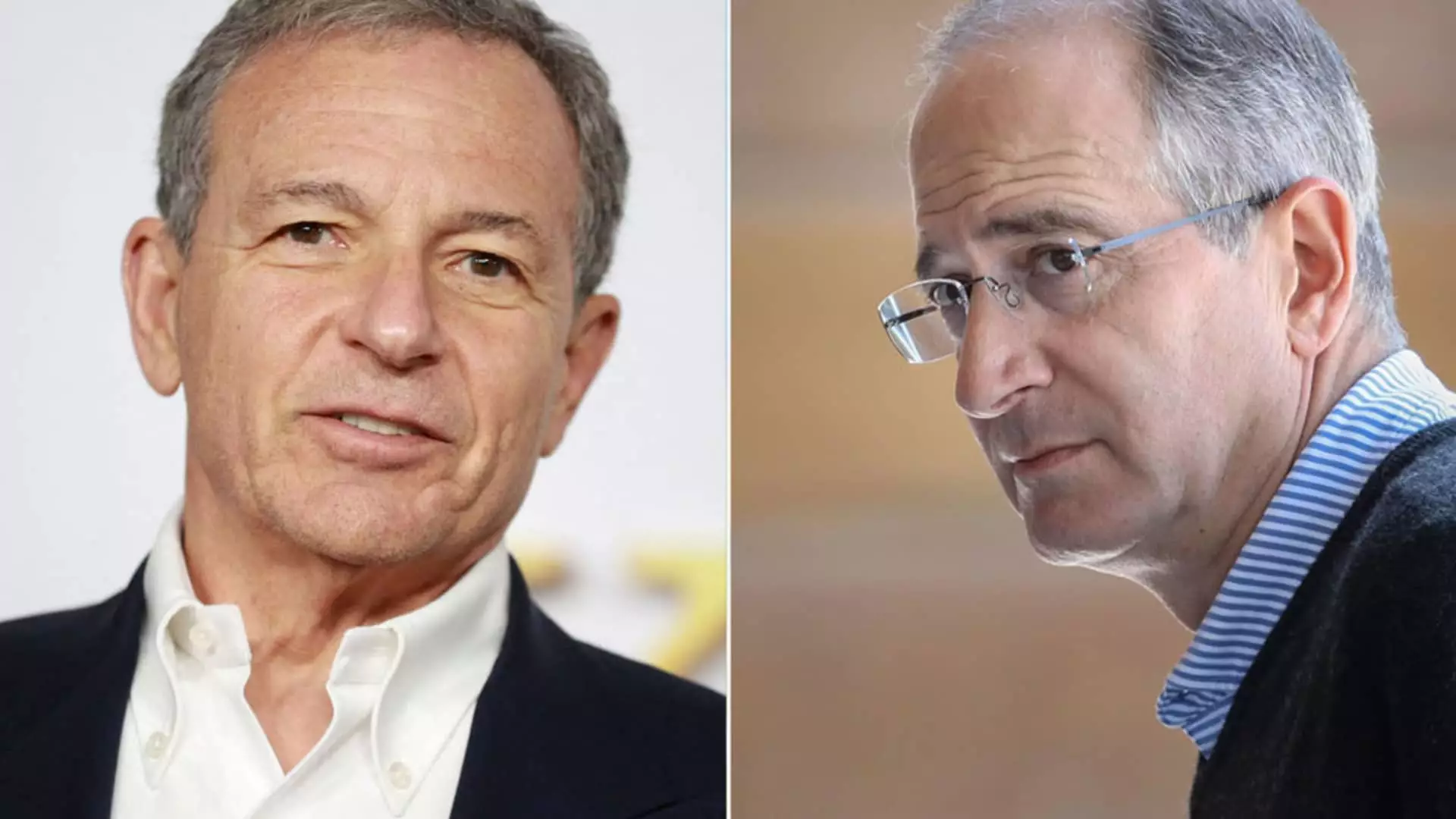As the holiday spirit ushers in another year, it’s time for media executives to peer into the crystal ball and predict the dynamics of the entertainment landscape in 2025. While anonymity lends these predictions a refreshing candidness, they also serve as a reflection of an industry undergoing significant transformation. Beyond mere speculation, these forecasts encapsulate the hopes, challenges, and strategies that will shape media companies in the coming year.
Reflecting on the predictions made at the beginning of 2024, the outcomes were a mixed bag, showcasing both successes and failures. Major players like Warner Bros. Discovery and Disney did not quite align as anticipated, missing out on creating a significant streaming bundle. However, their partnership in other capacities demonstrated that collaboration is still possible. Regional sports rights had previously piqued interest, as broadcast groups successfully acquired them, confirming the trend’s viability as foreseen by industry analysts.
Additionally, while not every prediction regarding acquisitions came to fruition, the unexpected partnership between RedBird Capital and Skydance in their merger with Paramount Global hinted at potential shifts in ownership dynamics. On a broader scale, while there were numerous misses—most notably the fallout around Disney’s boardroom strategies, and the NBA media rights bidding war—these miscalculations are certain to inform future predictions as entities reassess their strategic positioning in the market.
Moving forward, 2025 is projected to be a pivotal year as media companies reshuffle their portfolios and re-evaluate their market strategies. One expectation is that Warner Bros. Discovery will take steps to separate its traditional linear assets from its digital offerings, a move that could reshape the delineation of content distribution. Comcast, too, is bracing for a significant transformation with the anticipated spinout of its cable networks. This potential reconfiguration suggests that both companies are willing to experiment with business models that better navigate a declining pay-TV environment.
Moreover, speculative talks about Comcast’s possible ambitions to combine forces with another major cable player indicate a sea change is on the horizon. This idea of larger conglomeration, which dates back a decade, raises questions about regulatory responses in a changing political climate. If Comcast successfully navigates these murky waters, it could redefine competition in the cable landscape, just as past mergers have reshaped the industry.
Another trend is the increased pressure on traditional media companies like EW Scripps and Sinclair Broadcast to consolidate. With consistent market declines driven by cord-cutting, a sense of urgency pervades these companies. The hope is that a new regulatory environment could facilitate more mergers and acquisitions. This necessity has sparked rumors about who might emerge as acquirers—be it tech giants or broadcast networks themselves—indicating that the lines between traditional media and technology are becoming increasingly blurred.
Predictions regarding Paramount Global’s potential acquisition of Lionsgate speak to a tactical pivot toward acquiring thriving studios as a means of enhancing content libraries. At the same time, the media landscape will see additional candidates, like Electronic Arts, potentially transitioning to larger tech conglomerates, mirroring previous tech acquisition trends. These maneuvers emphasize a shift toward value maximization through strategic partnerships.
In the realm of streaming, the landscape is equally dynamic. The anticipated launch of ESPN’s flagship streaming service could signal a departure from collaborative efforts like Venu, a venture tangled in legal delays. As company strategies evolve, executives predict a reevaluation of bundled offerings, with the possibility of streaming platforms consolidating their services to present compelling packages that attract subscribers.
Furthermore, the ongoing oversight of executives who are firmly entrenched in their roles, like Kathleen Kennedy in charge of Lucasfilm, raises questions about the direction of franchises such as Star Wars. As they age and new talent emerges, a potential leadership turnover could inject fresh perspectives into legacy series that have defined pop culture.
As we close the chapter on a year filled with volatility and anticipation, the predictions for 2025 serve as an essential reminder of the media industry’s resilience. Amid complexities and challenges, executives remain optimistic, believing in innovation and adaptability as the guiding principles for navigating a new era. With mounting expectations, the industry’s ability to evolve will determine whether these forecasts materialize into reality or if they will simply remain hopeful musings amidst an ever-changing landscape. With a baker’s dozen of predictions in tow, all eyes will be on 2025—may it bring wisdom and success in this transformative age of media and entertainment.

